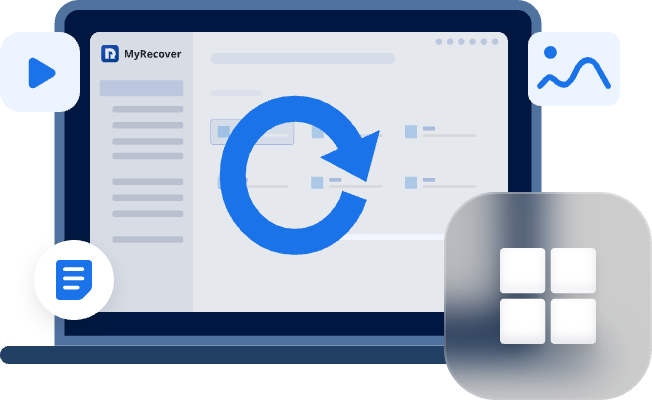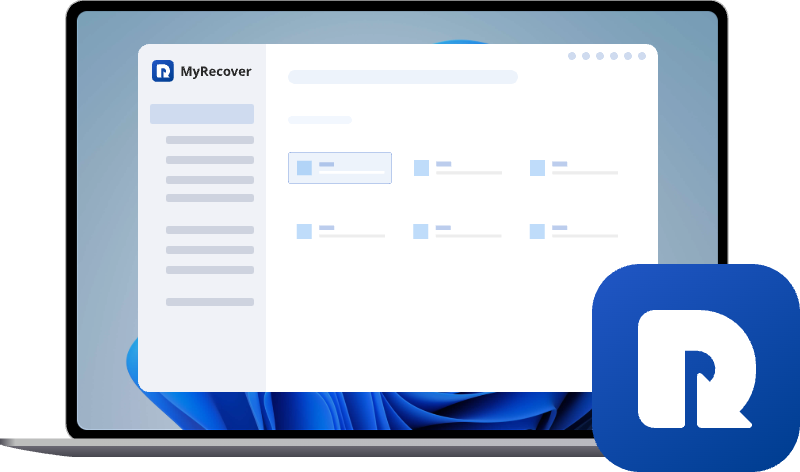Fixed: CHKDSK is Not Available for RAW Drives
Struggling with a RAW drive error? This guide covers the best 'chkdsk is not available for RAW drives' fix methods. Learn how to repair your RAW drive, recover data safely, and restore normal access to your files using step-by-step recovery and formatting tips.
Understanding the "RAW Drive" Issue
Before you try fixing the problem, you need to understand what a RAW drive actually is.
What Does RAW Mean?
A RAW drive is a storage device that has lost its recognizable file system — like NTFS, FAT32, or exFAT. When this happens, Windows can’t read or write data on it, so the drive becomes unusable from the system’s point of view. Essentially, the drive exists, but its "map" (the file system) is missing or damaged.
Common Causes of RAW Drives
Your drive can become RAW for a variety of reasons. Let’s go over the most common ones.
File System Corruption
If your file system gets corrupted — whether by software malfunction or bad sectors — Windows can no longer interpret the data correctly.
Sudden Power Failures
Unexpected shutdowns or power loss during file transfers can corrupt the drive’s structure, pushing it into RAW status.
Improper Ejection or Removal
Yanking out a USB or external drive without safely ejecting it can cause data-writing interruptions and corruption.
Virus or Malware Attacks
Some viruses specifically target storage structures, damaging file system records and leaving your drive unreadable.
Why CHKDSK Won’t Work on a RAW Drive
Now, let’s clear the confusion about why CHKDSK isn’t your savior here.
The Role of CHKDSK
CHKDSK (Check Disk) is a Windows utility designed to detect and fix logical file system errors on drives formatted with known file systems like NTFS or FAT32.
Why The "CHKDSK is Not Available for RAW Drives" Error Appears
When you run CHKDSK on a RAW drive, it fails because there’s no valid file system for it to check. CHKDSK can’t process something it doesn’t understand — it’s like trying to read a book written in a language you’ve never seen before.
Signs Your Drive Has Turned RAW
Wondering how to spot a RAW drive before it’s too late? Here are the most common symptoms.
"You Need to Format the Disk Before You Can Use It"
If you plug in your drive and see this message, your system has detected it as RAW.
"chkdsk is not available for raw drives" help
Hello, I have a USB drive with data that I really don't want to lose. I plugged it into my (windows) laptop and I got the error "you need to format the disk in e: before you can use it". I'm pretty sure that formatting it would wipe the data. I followed a YouTube tutorial and got "chkdsk is not available for raw drives" when running chkdsk in cmd.
Is there any way that I can retrieve my data? :-( I keep seeing posts saying that I should use tools, but a lot of them sound like advertisements, and afraid that they might be malware. I would really appreciate the help!
- Question from Reddit
Inaccessible Files or Folders
You might not be able to open, copy, or delete files on the drive. Sometimes, the drive doesn’t even show up properly in File Explorer.
Disk Shows 0 Bytes Used and Free Space
Another red flag — your drive suddenly appears empty or shows zero capacity.
What to Do When You See "CHKDSK Is Not Available for RAW Drives"
When this happens, don’t rush to format the drive right away. Follow these steps carefully.
Step 1: Stop Using the Drive Immediately
The more you use the RAW drive, the higher the risk of overwriting recoverable data. So, disconnect it and don’t add or delete anything.
Step 2: Recover Data from the RAW Drive
Before fixing the file system, your top priority should be data recovery. Formatting or running commands without backup could make recovery harder. MyRecover is a powerful and user-friendly tool that helps retrieve files from RAW drives without damaging the original data. It supports hard drives, SSDs, USBs, and memory cards.
Here’s how to use it. Let’s go through the recovery process step-by-step.
1. Download and Install MyRecover
Get MyRecover from its official website and install it on your computer. Avoid installing it on the same RAW drive you’re recovering data from.
2. Scan the RAW Drive
Launch MyRecover and select your RAW drive from the device list. Click Scan. The software will deeply scan for lost or deleted files.
3. Preview and Recover Files
Once the scan completes, preview your recoverable files and click Recover to save them to another safe location.
Step 3: Format the RAW Drive to a Recognizable File System
After recovering your files, it’s time to fix the drive itself. Here are the top 3 options.
Option 1. Using File Explorer
1. Open This PC → Right-click your RAW drive → Select Format.
2. Choose a file system (NTFS for internal drives, exFAT for USBs).
3. Check Quick Format and click Start.
Option 2. Using Disk Management
If the above method doesn’t work, you can try Disk Management.
1. Press Win + X → Select Disk Management.
2. Locate your RAW drive → Right-click → Choose Format or New Simple Volume to recreate partitions.
Option 3. Using DiskPart
If Disk Management doesn’t work, you can try DiskPart—a command-line tool.
1. Press Win + R, type cmd, then hit Enter.
2. Type diskpart and press Enter.
3. Type list disk to see all drives.
4. Select your drive using select disk X (replace X with your drive number).
5. Type clean to remove partition data.
6. Type create partition primary.
7. Type format fs=ntfs quick.
Be absolutely sure you’re selecting the correct drive. DiskPart’s clean command erases all partitions, and data recovery afterward becomes difficult.
Step 4: Run CHKDSK Again (After Formatting)
Once your drive is formatted and has a file system, CHKDSK can finally do its job. Run the following command in Command Prompt (Admin):
chkdsk X: /f
(Replace X with your drive letter)
This checks for logical errors and fixes them automatically.
How To Prevent RAW Drive Issues in the Future
Prevention is better than data loss panic! Here are some simple habits to adopt.
Always Safely Eject Your Drive
Never pull out external drives abruptly. Use the “Safely Remove Hardware” option every time.
Keep Backups Regularly
Use cloud services or backup tools to store copies of your important data.
Avoid Sudden Power Interruptions
Use an Uninterruptible Power Supply (UPS) for desktops to prevent file corruption during power cuts.
Use Antivirus Software
Keep your devices clean from malware that might corrupt file systems.
Conclusion
Seeing the “CHKDSK is not available for RAW drives” error can be stressful, but it’s not the end of the world. The key is to recover your data first using reliable tools like MyRecover, and then reformat the drive to restore usability. Once that’s done, CHKDSK will work again as intended. And remember — regular backups are your best defense against future drive disasters.


